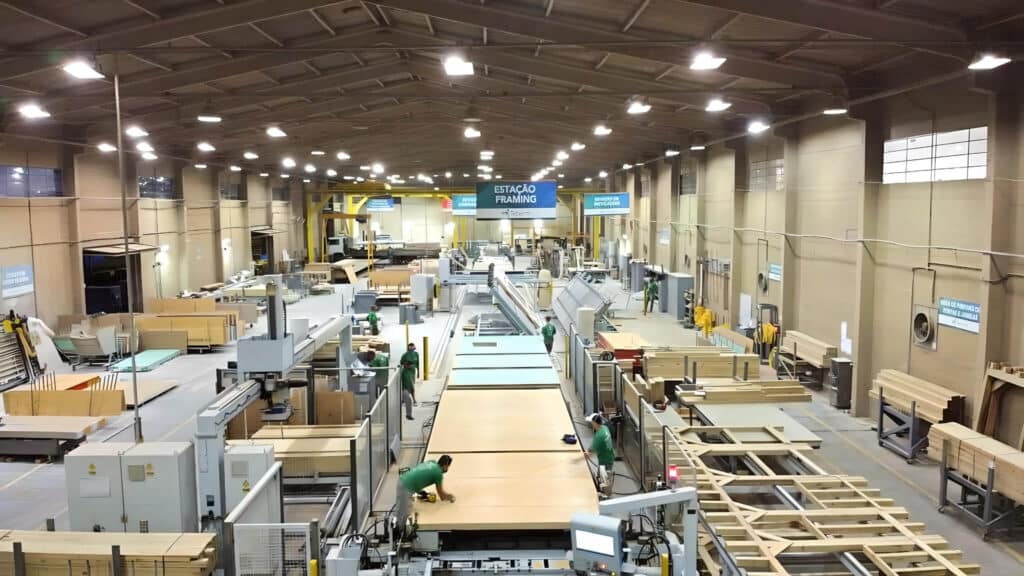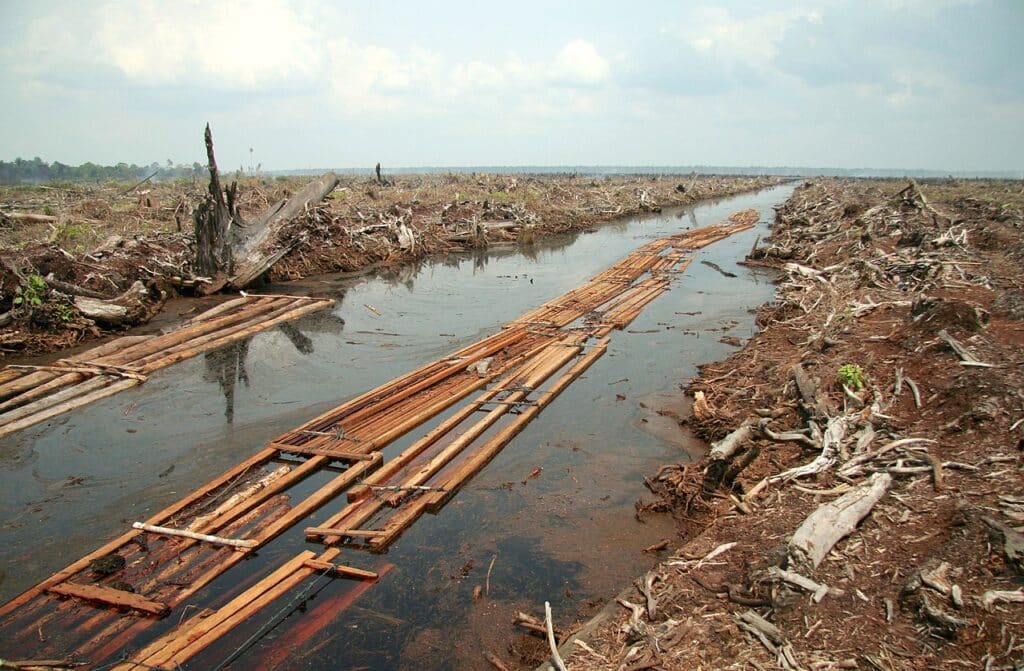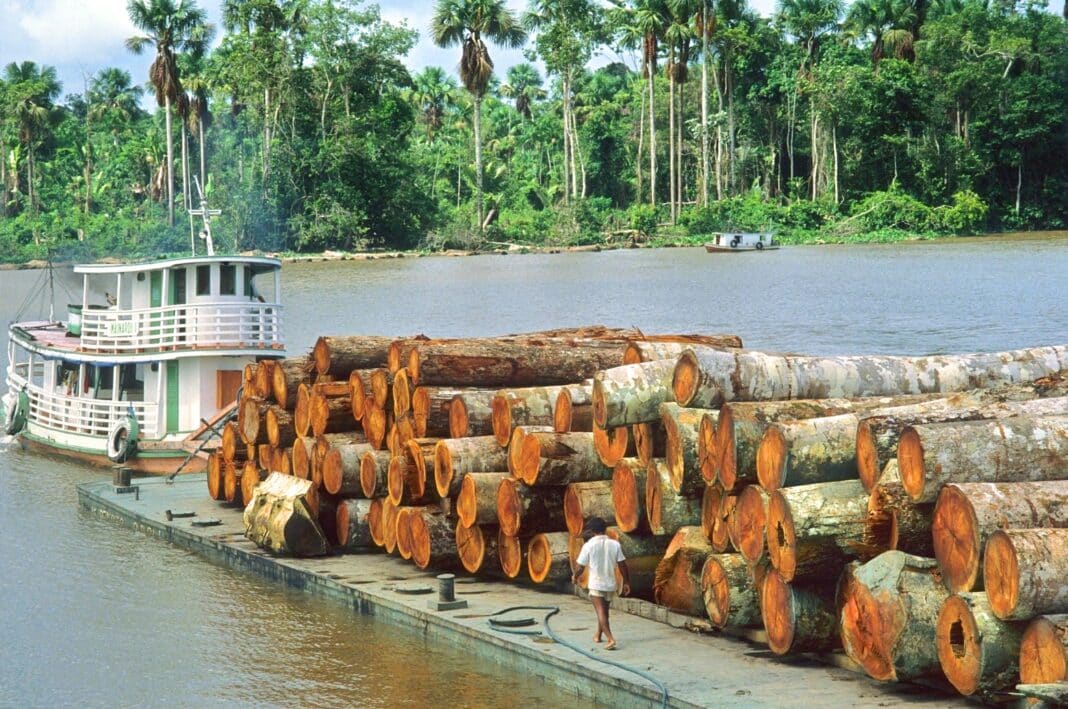As three Australian states prepare to lock up or threaten to close thousands of hectares of productive native forests, one country is committed to filling the expected void in Australia’s supply of hardwoods … Brazil.
With the world’s second-largest forest cover – the first is Russia – Brazil has about 500 million hectares of natural forests and forest plantations, representing 59% of its land mass.
And with the return of left-leaning Luiz Inácio Lula da Silva as president of Brazil, environmental protection has shot to the forefront of the political agenda, with the government now subsiding export shipping costs in a rush to seize the commercial opportunities accompanying the global green transition.
Brazil’s federal government subsidies surged to the highest level in six years in 2022, according to the Planning Ministry, a sharp increase driven by elevated borrowing costs and the implementation of new tax benefits, particularly on fuels.
The ministry confirmed subsidies reached $US 118.55 billion last year, equivalent to 5.86% of gross domestic product.
These subsidies extend to the shipment costs for manufactured wood exports such as laminated beams, CLT panels, glulam, parquet and laminated flooring, sandwich panels, railway sleepers or just rounded saw wood.
The US is still the leading export destination for Brazilian wood products.
Still, based on the uncertainty surrounding the current political climate and trade tariffs in the US, it is unknown whether or not new trade policies might negatively affect Brazil.
Some of the more protectionist measures taken primarily against China may benefit Brazil’s wood products exports. However, a new steel tariff might negatively impact the Brazilian forest sector.
“Where’s the wood? Well, it has to come from somewhere, and it looks like Brazil is one answer right now,” a Brisbane-based timber trader and importer told Wood Central.

It’s no surprise that the construction and housing sectors will need hardwoods to meet the high and growing demand for future homes as the immigration population explodes over the next 20-30 years.
If Brazil has the right resources at the right price, then the wood will come from Brazil. And wood is still the most carbon-compound building material on the planet.
Wood Central understands Brazilian hardwoods already in Australian warehouses have FSC certification, but this is yet to be confirmed.
According to available figures, the International Tropical Timber Organisation says the value of Brazilian exports of wood-based products (except pulp and paper) increased 74% in value year-over-year from $US269.7 million in July 2020 to $US468.9 million in July 2021.
Federal Department of Agriculture, Fisheries and Forestry figures show Australia has 134 million ha of forests comprising 132 million hectares of native forests and 1.95 million hectares of commercial plantations.
About half of Australia’s plantations are exotic softwoods (predominantly Pinus radiata), while the other half is hardwood (predominantly eucalypt species such as E. globulus).
Native forests are generally located in areas with an average annual rainfall of more than 500 mm, with the notable exception of mallee forests.
Commercial plantations are located mainly in areas with more than 700mm annual rainfall, with most too dry to support forests. While arid or semi-arid lands occupy about 70% of the interior, the average yearly rainfall is less than 350 mm.
In comparison, Brazil has an annual rainfall of between 1000 and 1800 mm, which, combined with the high humidity, provides ideal conditions for plant growth in a lush and diverse forest ecosystem.

Further expansion of planted eucalypts in Brazil requires diverse genetic materials field-grown under seasonal drought stress and different soil types as technological wood qualities are evaluated in new forest frontiers.
The sector has been evaluating the yield and wood characteristics of five eucalyptus clones in field experiments – E. urophylla x E. grandis, E. resinifera x E. grandis, E. pellita x E. grandis, E. urophylla x E. camaldulensis and E. urophylla species/hybrids at three sites in the mid-west region, considered the new forest frontier for the country.
However, none matches the potential of Brazil’s quintessential hardwood species, Gympie messmate (Eucalyptus cloeziana), Queensland’s number-one pole timber for many years.
Sound data from Paraguay indicates red earth basalt-derived soil productivity has produced the best growth for cloeziana– 69 cubic metres per hectare at 8.1 years.
Widespread plantings are being encouraged as a substitute for E. grandis in Corrientes and Misiones in Argentina, perhaps promoting the argument that value is better than volume.
At its highest, Victorian mountain ash (Eucalyptus regnans) would produce an annual increment of no more than ten cubic metres per hectare, per year.
Species such as blackbutt (Eucalyptus pilularis) seldom exceed 4 cubic metres mia, with most Australian hardwoods growing at most 1.2 mai.
So, while many importers may shout Ole, Ole for Brazilian wood, there remains a deepening regret as governments and councils pull the shade down on our most valued and durable hardwoods – mountain ash (Eucalyptus regnans) in north-eastern Victoria, coastal blackbutt (E. pilularis), spotted gum ( Corymbia maculate) and Sydney blue gum (E. saligna) in NSW and jarrah (E.marginata) and marri (Corymbia calophylla), both unique to Western Australia.







